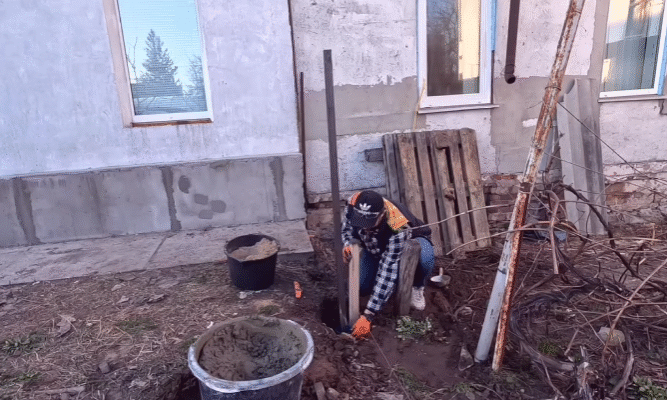
In the quiet corner of a dusty village road stood an unassuming house, half-hidden behind a tall, neatly constructed fence made entirely of corrugated metal sheets. It was silver in some places, rusted in others, but every sheet stood in perfect alignment like soldiers on parade. The corners were squared, the edges tucked, and even the nails followed a visible pattern—a grid of order and intention.
People walked by every day, sparing the fence only a passing glance. To most, it was just a barrier, a boundary that whispered, “Keep out.” But to old Mr. Henley, who lived inside the house it protected, the fence was far more than just metal. It was memory, it was purpose, and it was peace.
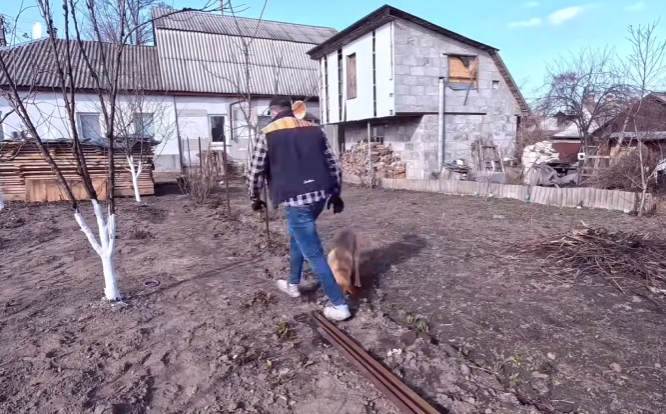
Mr. Henley had moved to the village ten years earlier after his wife passed away and city life became too loud for a lonely heart. He arrived with little more than a box of books, a kettle, and an old truck carrying stacks of corrugated metal. At the time, no one understood why he brought the sheets. They mocked him gently behind closed doors. “A metal fence? Is he building a barn or a house?” the neighbors chuckled.
But Mr. Henley didn’t mind. He had a plan and patience. Day by day, sheet by sheet, he built his fence. He measured with string and spirit level. He hammered without rush. Children watched from afar, fascinated by the metallic clinks and rhythmic banging. By the end of the summer, the structure stood proud—five feet high, a shimmering silver ribbon around his small, square home.
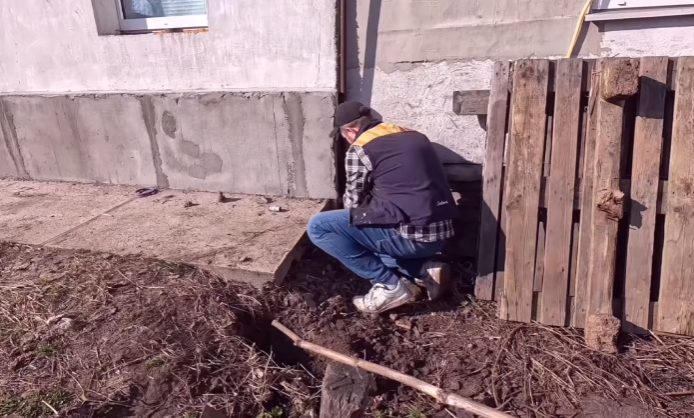
The villagers were stunned. The fence wasn’t crude or slapdash. It was beautiful in its own strange way—industrial yet tidy, raw but cared for. Flowers sprouted along its base, planted in neat wooden boxes. Over time, vines began to creep up the sheets, softening the edges and giving the fence a greenish hue in the rainy season. It seemed alive.
One day, a boy named Tavin dared to ask, “Why corrugated metal, Mr. Henley? Why not wood, like everyone else?”
The old man smiled, his eyes glinting like the sun off the silver. “Because, young man,” he said, “wood rots, brick cracks, and plastic fades. But metal remembers.”
It was an odd answer, but it stuck with Tavin, as it would with many others over the years. Mr. Henley’s fence became a landmark, and he became the quiet soul who greeted morning walkers with a nod and gifted ripe tomatoes over the fence to anyone who asked.
But time, as it does, moved on. The silver began to dull. The vines grew thicker. And Mr. Henley began to move slower. When winter came in his tenth year there, he stopped tending the garden. The wooden flower boxes became brittle. The tomatoes shriveled. And the hammer, once a daily tool, now hung dusty in his shed.
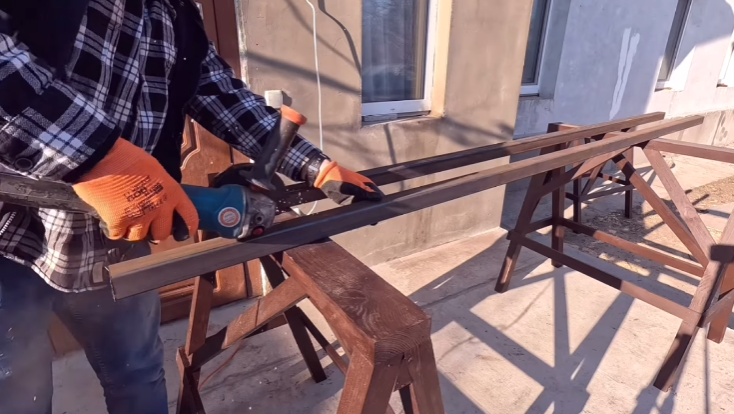
Tavin, now a teenager, noticed.
He came one afternoon and knocked politely on the corrugated gate. The sound was different from a wooden knock—a kind of hollow echo that traveled in waves. Mr. Henley opened it, leaning on a cane.
“You okay, sir?” Tavin asked.
“Just tired, son,” Henley said, with a warm smile. “But the fence is still holding strong.”
Tavin looked around. Some panels had started to rust badly. One corner had bent from a storm. The gate was a bit askew.
“Maybe I could help fix it?” Tavin offered.
Mr. Henley chuckled. “Are you offering to continue the work of a lifetime?”
Tavin didn’t know how to answer that, but he came back the next day with gloves and a hammer. And then the next. And then more friends joined. Soon, Mr. Henley’s fence became a project shared by many young hands and open hearts.
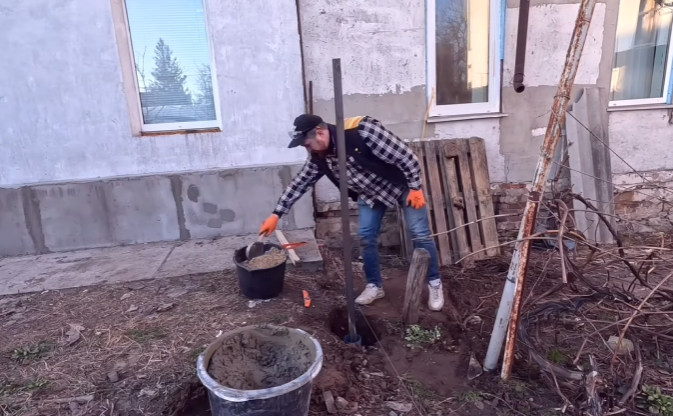
They repainted the rusted sections with weatherproof silver. They straightened the gate. One kid even added a metal cutout of a bird to the top of the main sheet—just for fun. And Mr. Henley watched from his porch, wrapped in a blanket, heart full and eyes damp.
Eventually, he passed quietly in his sleep, with the sounds of youth fixing the fence outside and the gentle rustle of wind against metal lulling him away.
The villagers mourned him deeply. They held a small service in his garden, surrounded by the very fence he had built and loved. No one could agree on what to do with the property. Some said to sell it, others to tear it down. But Tavin, standing tall and tearful, spoke.
“This fence,” he said, “is more than metal. It’s memory. He built it with care, with his own hands. He let it grow old with him. And now it’s our turn to care for it.”
So they did.
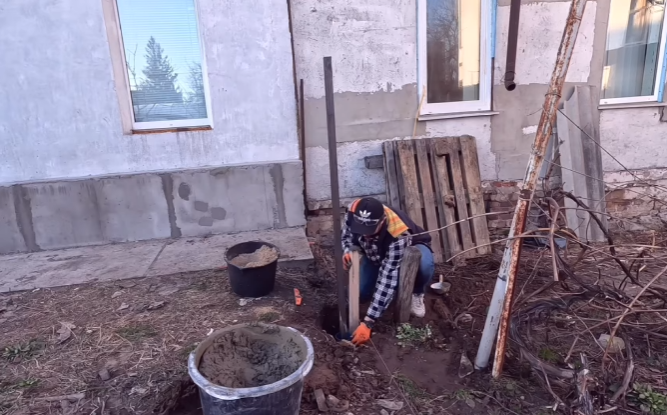
Years passed, and the village grew. Houses modernized. Some fences fell. But Henley’s fence stood, maintained by many, admired by all. The local school even brought students once a year to hear the story of the man who built a fence that remembered.
They called it “The Silver Line.” It became a symbol of craftsmanship, solitude, and quiet love.
And though the flowers in the boxes were no longer the same, and the vines had woven entirely around some sheets, the fence remained neat, proud, and full of history.
Sometimes, late in the afternoon, when the sun hit the metal just right, it looked like the whole thing shimmered—a living echo of the man who believed in building strong, simple things with meaning.
All from a neat fence made of corrugated sheets.
